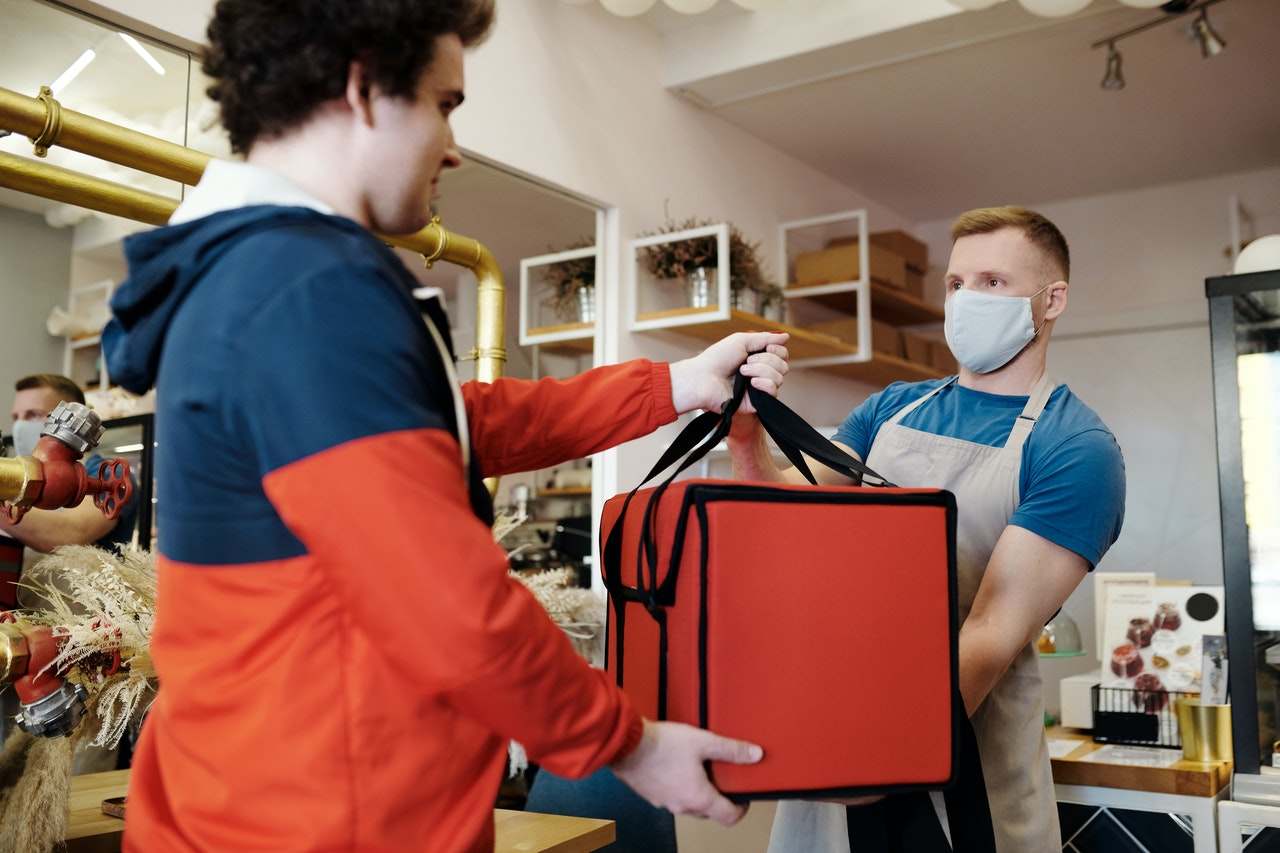As a result of the global COVID-19 outbreak, many of us have been more aware of the harsh realities of microorganisms in the air we breathe, and how, without proper ventilation, we could be susceptible to a variety of flu and colds. As a result of this problem, businesses are being obliged to update their health and safety policies and measures. Among the top priorities, ventilation is one of the most critical areas to examine and reassess..
Ventilating Spaces
Controlling the rate of infection became a crucial goal for many offices as the virus reappeared in multiple devastating waves. With the passage of time, the path to halting COVID-19’s expansion has become clear. COVID-19 is best prevented by using proper ventilation and wearing face masks, as the virus — and its different variants — is spread mostly through airborne droplets of water and aerosol.
Organizations, schools, charities, and enterprises from all industries rethought their indoor air quality and its consequences on COVID control after learning this information. Many people were astonished to hear that they didn’t have the best infrastructure in place to permit cleaner, regulated airflow and proper, optimal ventilation when it comes to air quality.
Many organizations’ workforces have been working remotely or in a hybrid structure for at least 18 months. As many people return to work on a limited capacity basis, COVID-19 – and one of its numerous variations – is still widespread in the larger UK population. Anxiety has escalated in the workplace as a result of the arduous task of controlling the virus’s spread. To address this, many offices will need to demonstrate their commitment to creating safe working environments for their employees.
Air Quality
With the current focus on health and wellbeing – and the dread of airborne illnesses – air quality is rapidly becoming a workplace concern. It’s also not just a trend that ends when the epidemic strikes. Another example of a virus that may be carried through the air and is very contagious is the winter flu, which causes millions of doctor visits each year.
Air quality is extremely essential in addition to direct pathogen contact; environmental pollution is estimated to cause 40,000 premature deaths per year. When walking alongside a busy road, air pollution is typically restricted to only the contaminants inhaled. Volatile organic compounds (VOCs) can be found in a wide range of products, from fragrances and cleaning products to construction materials and bedding. The worry is the long-term health effects that unregulated VOC exposure can have. Sick building syndrome is usually linked to poor air quality, which can result in severe and long-term illness as well as higher absenteeism rates as employees complain of exhaustion.
Air quality is an easily ignored opportunity to improve the health of a facility’s residents through carefully managed building maintenance and facilities management cleaning with the finest MERV 16 filters. Polluted food and water are tightly regulated in the consumer market, but the air looks to be a missed opportunity to improve our health.
Air quality is rarely addressed or, at the absolute least, regulated to the same standards as food and water, despite the fact that each person consumes 11,000 liters of air every day. The epidemic, however, is setting the stage for this to shift as air quality becomes a part of the greater public health consciousness.
Better Air Means Better Health
The pandemic highlighted the importance of frequent and effective ventilation, driving many institutions to make immediate investments in the future. Poor building ventilation, particularly in offices, has become a major priority for employee health. The government recently announced that air monitors would be deployed in schools across England, demonstrating the importance of air quality. Popular initiatives like this are already catching the attention of businesses that want to ensure the safety of their returning staff. Many people have partnered up with corporate office specialists to ensure that a building remains as healthy as possible, combatting viruses through rigorous cleaning, ventilation, and other security measures.
Many offices began to invest in efficient ventilation as its importance of it became more well acknowledged. Hard FM vendors discovered new strategies to boost air turnover in buildings during this time, making them safer and more efficient. The increased fresh air intake has the drawback of increasing the load on a building’s systems. Even regulating indoor temperatures has grown more difficult as a result of growing energy demand. Many businesses, especially those with modern offices, may quickly discover that such measures are unnecessary, even if they are costly and energy-intensive.
An air sensor can help to more efficiently regulate the quality of the air circulating through space. CO2 sensors are a low-cost method for determining ventilation. Of course, there are more complex options on the market that will evaluate everything from air pressure to viral load prediction. This technology, which is readily available, can be used to assess air quality within a building’s daily performance ratings.
The Future of Air Quality
The air quality is important to building residents, employees, and everyone who comes into contact with your location. Monitoring CO2 and other air pollutants will become more important for businesses to demonstrate their commitment to encouraging sustainability, especially with ambitions to make the country greener and the UK government’s goal of attaining net-zero by 2050.
The pandemic’s diverse demands have sparked rapid technological innovation, which has transformed how we work, socialize, and has the potential to affect so much more in the months ahead.
Scents and Productivity
This is always great news, regardless of what industry you work in or whether you’re trying to motivate your coworkers or yourself! Please bear with us as we explain the science behind it; simply, when we perceive a fragrance, it is immediately processed by our brain. On the way there, our neurons send it to two separate locations: the olfactory bulb, which detects a scent, and the thalamus, which governs muscular activity. Some scents might make us feel energized in this way (for example, how some coffee drinkers can feel energized before ever taking a sip).
Some of the scents that can help us stay focused at work are rosemary, lemon, and mint. We have several excellent citrus flavors in our own line of scented taper candles, and we’re not the only ones who like them — in fact, lemon and rosemary have been proven to flow through air conditioning ducts, giving staff more mental and physical vigor. (If you want our personal recommendations, Joy and Shine are excellent scented candles that can revitalize you!)

